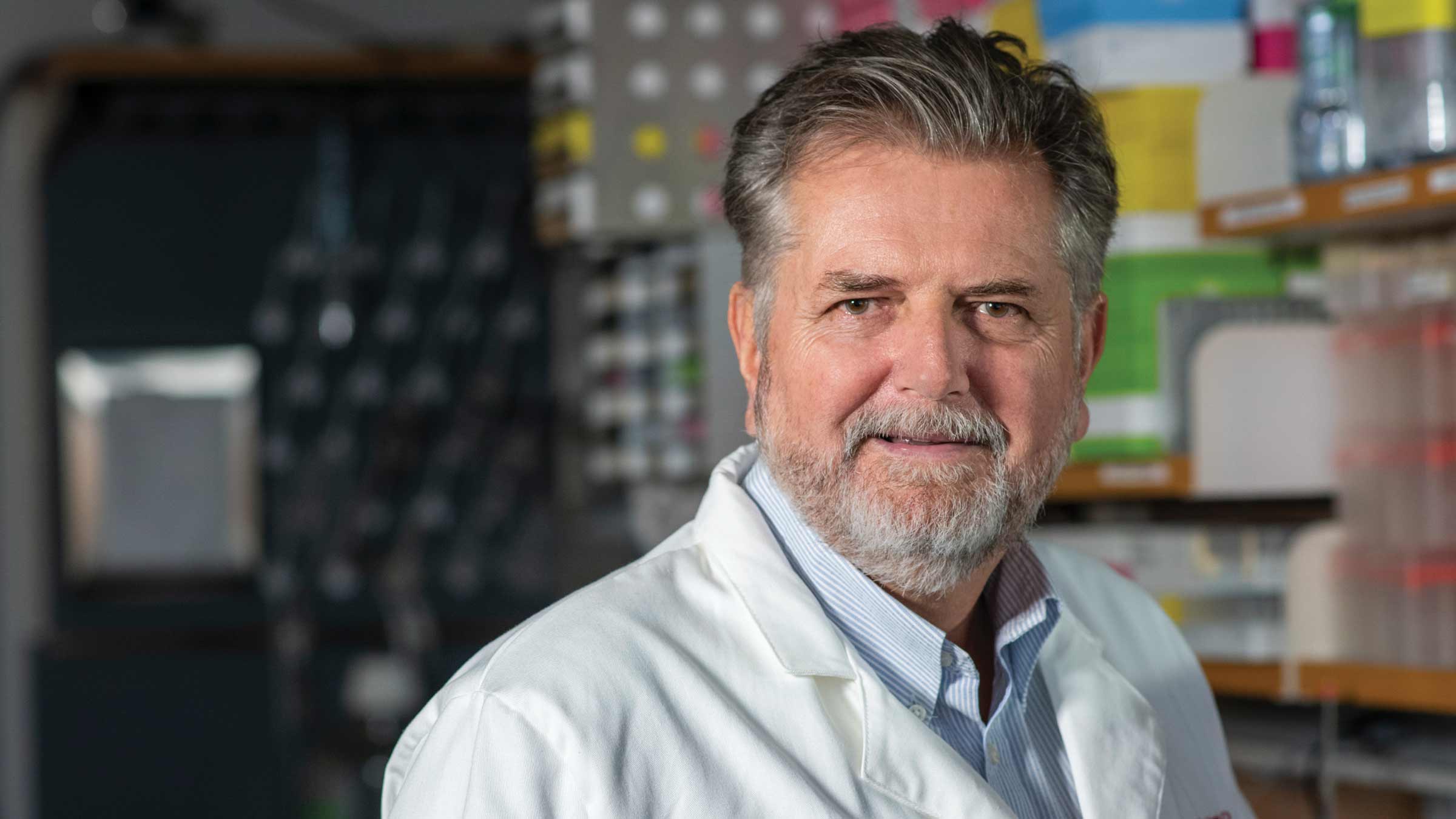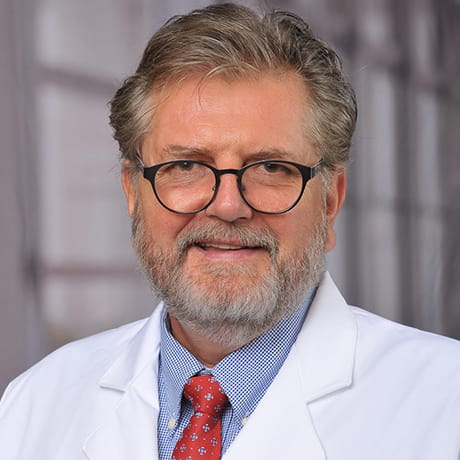
-
Question
What is gene therapy?
-
Answer
Gene therapy is the use of one or more genes to treat a medical condition. It can be used to address an existing disorder, or to prevent one in a patient known to be at risk of developing a specific condition. It can involve replacing a broken gene with new copies, or infusing healthy versions of defective or missing genes in a patient. It is effective on both inherited and acquired disorders.
-
Question
What is the main goal of gene therapy?
- Answer
-
Question
What is an example of gene therapy?
-
Answer
Gene therapy can involve infusing a benign virus into the body to stop the spread of a defective or mutated gene. The virus has been modified to remove any ability to cause disease. We see this with brain tumors, for example. Their spread is caused by cancer cells that are dividing quickly because of a problematic gene. The virus injected neutralizes the gene’s effect, stopping the growth of the tumor.
We use a similar approach in my research. Children who suffer from a very rare disease called AADC deficiency are born without an enzyme that produces dopamine in the central nervous system. As a result, their brains cannot regulate their motor function or emotions, leaving them unable to speak or control their muscles.
We perform a surgery, during which doctors infuse a benign virus programmed with specific DNA into precisely targeted areas of the brain. Effectively, this introduces a new code to the brain cells to begin producing dopamine. In the months that follow, these children gain many of the abilities they were born without, including the ability to communicate and move independently.
-
Question
What are the types of gene therapy available today?
-
Answer
There are two basic types of gene therapy: germline therapy and somatic gene therapy.
Somatic gene therapy involves inserting therapeutic DNA into body cells that do not produce sperm or eggs. This approach affects only the individual receiving the treatment, not his or her descendants.
Germline therapy is so named because it modifies genes in germ or gamete cells, which include egg and sperm cells. This is a very controversial approach, as it allows for changes that would affect future generations and could affect fetal development. Its long-term effects are unknown. For those reasons, it is prohibited in countries such as Switzerland, Australia and Germany. In the United States, federal funds cannot be used for research on germline therapy in humans.
-
Question
How is gene therapy administered?
-
Answer
Gene therapy is administered through a vector, a carrier engineered to deliver material to cells. Benign viruses are often used because they can infect the cell in question to deliver the genetic material.
These vectors are often injected or delivered intravenously to specific tissues. We can also remove a sample of a patient’s cells and expose them to the vector in the lab, then return them to the patient. The delivery of gene therapy is a central area of research within the field.
-
Question
Is gene therapy safe?
-
Answer
Gene therapy is closely regulated in the United States. All gene therapy products are subject to Federal Drug Administration (FDA) rules, and the National Institutes of Health (NIH) issues guidelines for researchers who want to study it. These safeguards help ensure that gene therapy treatments are safe and effective, and that any potential risks are identified early.
That said, this is a fairly new scientific advancement. Gene therapy has only been around for about 30 years, so we are still learning about potential side effects. We are also working hard to learn more about which vectors are best to deliver the therapy. Although they are made from a disabled virus, some vectors can have toxic effects that limit how much we can give to patients.
As with any procedure of this magnitude, it is best that a patient talk at length with their doctor to understand all of the potential outcomes.
-
Question
How is gene therapy being used at Ohio State today?
-
Answer
We are working on ways to use gene therapy to treat diseases that affect millions, such as Alzheimer’s, Parkinson’s and Huntington’s disease — a rare, fatal affliction that causes nerve cells in the brain to break down. Ultra-rare diseases, such as AADC deficiency, have very defined defects in their genomes, so treating them can be easier than other, more-complex diseases. Our hope is that the techniques we learn from treating very rare diseases will lead to breakthroughs that can alleviate symptoms of diseases that afflict larger populations, and eventually lead to cures.

Complete concussion care
Ohio State has specialized experts and services to handle all aspects of brain injuries.
Expert care starts here




